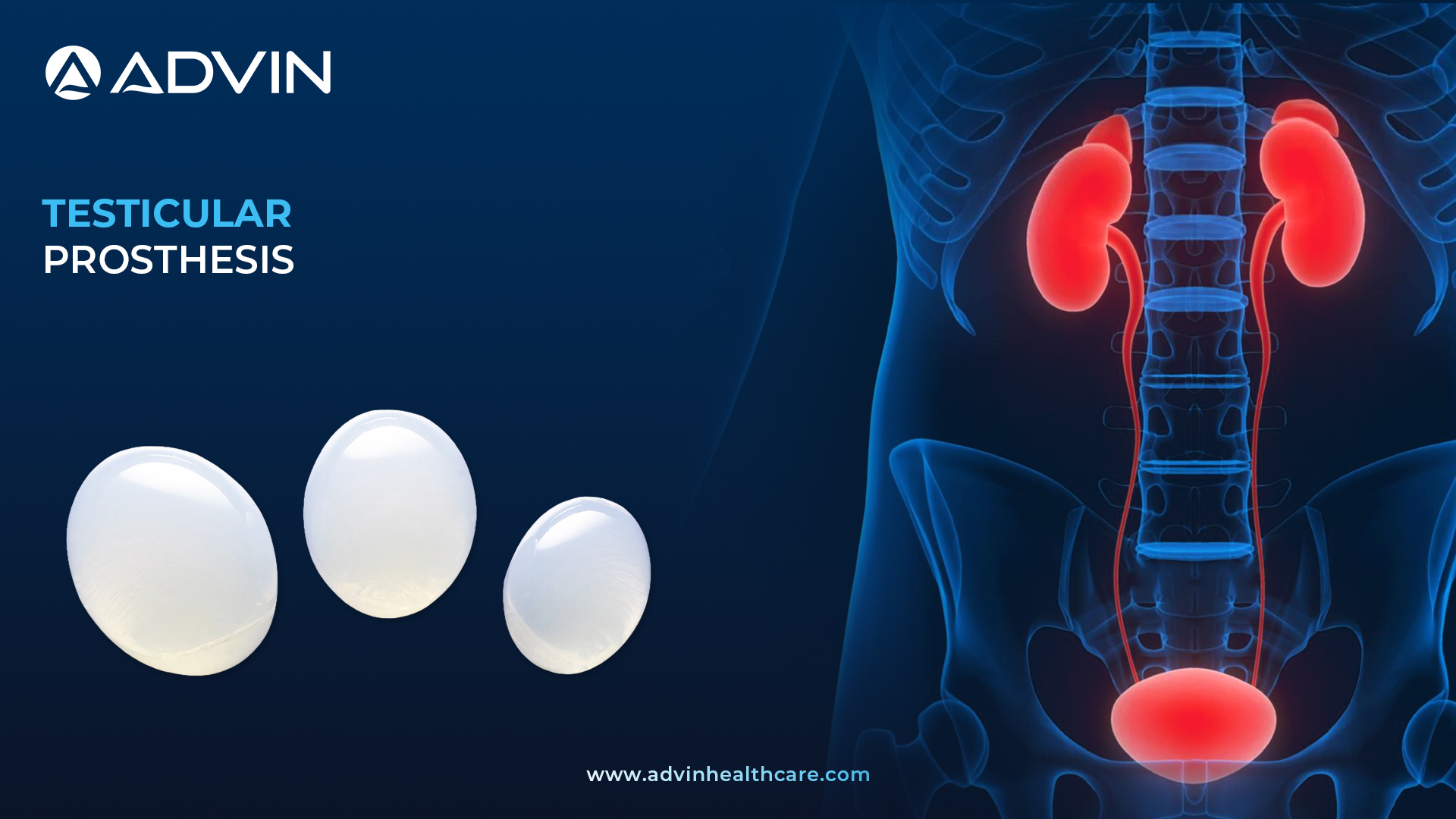Introduction to Testicular Prosthesis – Restoring Confidence with Natural Aesthetics
A Testicular Prosthesis is a medical implant designed to replace a missing or removed testicle. It is placed surgically inside the scrotum to provide a natural appearance. The prosthesis is usually made of biocompatible silicone material to ensure comfort and safety.
Development & Evolution – Advancements in Male Prosthetic Surgery & Implants
The use of testicular prostheses began in the mid-20th century to help patients after orchiectomy (surgical removal of the testis). Early models were made of rigid materials, but modern prostheses are made with soft silicone elastomers for a more natural feel. Today, testicular prostheses are widely used in urology and reconstructive surgery to restore body image and improve psychological well-being.
Brief Overview – Role of Testicular Prosthesis in Urology & Reconstructive Surgery
The Testicular Prosthesis is a highly specialized implant used in patients who have lost a testicle due to injury, surgery, or medical conditions. Advin Health Care provides premium-quality testicular prostheses made from safe, biocompatible silicone. These implants are designed to replicate the size, shape, and consistency of a natural testis, giving patients confidence and comfort. Advin Health Care ensures that the prostheses are manufactured with advanced technology and international quality standards. This product is widely used by urologists and reconstructive surgeons worldwide.
Clinical Applications – Orchiectomy Replacement, Trauma Reconstruction, Congenital Absence
- Orchiectomy (testis removal surgery)
- Testicular cancer surgery
- Testicular torsion with organ loss
- Trauma or injury leading to testis removal
- Congenital absence of testis (undescended testicle cases)
How to Use – Surgical Implantation Guidelines & Post-Operative Considerations
- The prosthesis is implanted surgically under anesthesia by a urologist.
- Implant is selected based on size and patient anatomy.
- Placement is done within the scrotum for a natural appearance.
- Patients should follow post-surgery care instructions for healing.
Market Trends – Rising Awareness & Demand for Reconstructive Urology Implants
The global demand for testicular prostheses is growing due to increasing cases of testicular cancer, trauma injuries, and congenital absence of testes. Patients are increasingly opting for cosmetic and psychological restoration after orchiectomy. Modern prostheses are trending toward customized sizing, soft silicone design, and minimally invasive implantation techniques, ensuring higher patient satisfaction.
Also Known As – Testicular Implant, Testis Prosthesis, Male Gonadal Implant
Artificial Testis Implant, Silicone Testicular Implant, Urology Testicular Prosthesis, Male Testicle Implant, Testis Replacement Implant, Cosmetic Testicular Implant
Advin Testicular Prosthesis – Material, Sizes & Product Features
- Cosmetic Solution for Testicular Loss
- Advin Health Care is a leading manufacturer of Testicular Prosthesis implants, offering safe, durable, and natural-feeling implants made from high-quality silicone. Our prostheses are designed for urology and reconstructive surgeries, ensuring excellent cosmetic outcomes and patient satisfaction.
- A Testicular Prosthesis is a medical implant designed for the cosmetic management of monorchism (one absent testis) or anorchism (absence of both testes). The implantation of a solid testicular prosthesis helps restore the natural appearance and corrects the deficiency cosmetically, improving patient confidence and quality of life.
Advanced Features
- Safe and effective medical-grade implant
- Designed to closely resemble natural testis in shape and size
- Provides a realistic look and feel
- Long-lasting and durable implant
- Improves cosmetic appearance and patient comfort
Get Connected:
+91-70717 27261 | urology@advinhealthcare.com | www.advinhealthcare.com



